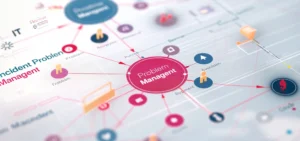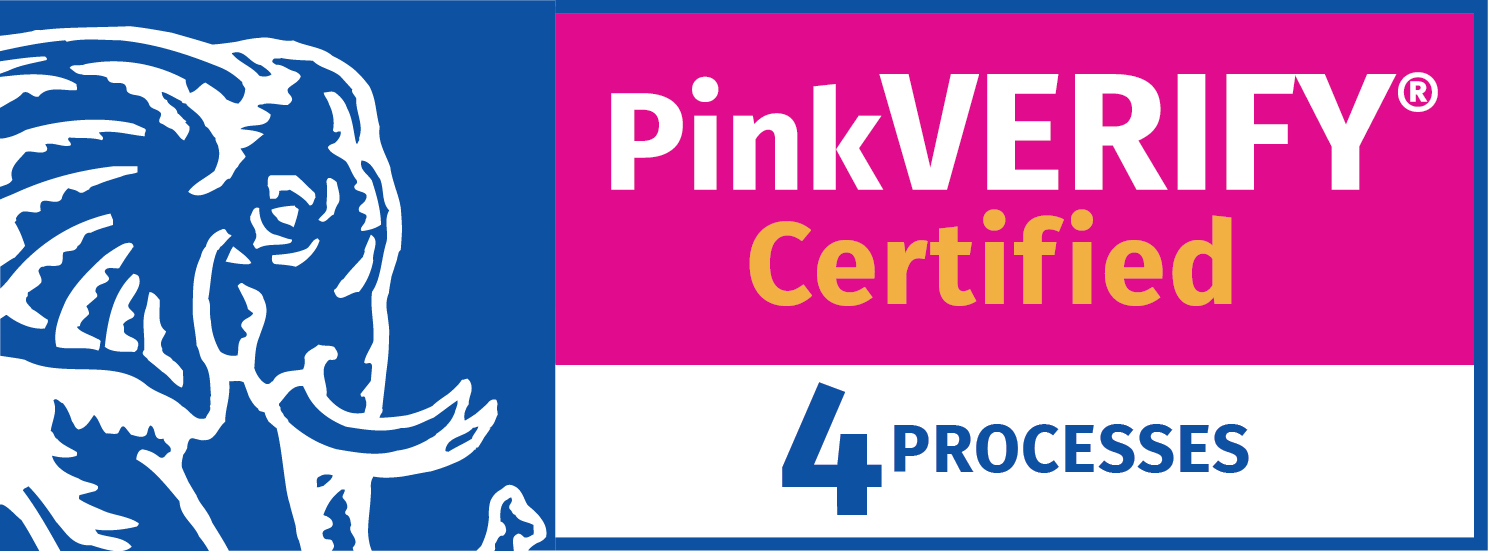Suppose you’re looking to introduce or extend your existing IT service management (ITSM) capabilities. You’ll likely need to justify the cost – perhaps in the form of a business case with a detailed return on investment (ROI) calculation. After all, why should IT be different from any other business function that wants to invest what are ultimately business funds in technology-enabled capabilities?
Thankfully, the transactional basis of much of what ITSM does allows for identifying quantifiable benefits that can contribute to the business case and ROI. Whether you wish to consider this the ROI of ITSM or simply justifying the introduction of best practice capabilities doesn’t matter. The important thing is that the ROI of ITSM is there to be calculated and shared, both in terms of the impact on operational IT practices and the positive impact the change will have on business operations and outcomes.
Understanding the Many Benefits of ITSM
ITSM capabilities, created from processes, enabling technology, and the people who use them effectively, benefit the business. Not only in delivering better IT operations, services, experiences, and outcomes, there’s also the opportunity to extend the benefits of ITSM to other business functions through what the IT industry has termed “enterprise service management.” This opportunity will be returned to at a later date, allowing this blog to focus on the ROI of ITSM for IT.
The available benefits can be viewed through both a service provider and service receiver lens, although some are easier to quantify in financial terms than others. Especially the service receiver benefits, even though they are likely to be higher depending on how IT service delivery and support capabilities help or hinder employees and the work they undertake. This means that the transactional service provider benefits will likely make up the core of the ROI of ITSM calculation.
TOP TIP #1: An ITSM business case shouldn’t overlook the business-level benefits. For example, increasing satisfaction or the experience for external customers, improving products and services while reducing operating costs, increasing competitive advantage (through better IT enablement), increasing employee productivity, or improving corporate governance and compliance.
These are in addition to the IT-level benefits from ITSM that can be grouped as:
- Improving the service and support quality
- Reducing operational costs and “IT wastage”
- Increasing the speed of change delivery and issue resolution/service provisioning
- Greater insight into performance and the ability to drive improvement.
How to Measure the ROI of ITSM
In its simplest form, an ROI calculation is made by dividing “the return” (usually savings or profits) by what it costs to receive the return, i.e. the investment.
This approach can be applied across the multitude of savings available from the introduction of ITSM capabilities.
A good example is empowering end-users to self-help and self-serve using self-service capabilities backed by knowledge management and automation, where the IT cost reduces from US$22 per interaction to US$2 according to MetricNet data. So, for an IT help desk or service desk that can “shift-left” 1,000 tickets per month from the desk to self-service, the saving is US$20,000 per month. This saving alone might be enough to “bankroll” an organization’s required ITSM capabilities. It might also be a conservative estimate of the savings because it assumes a help desk or similar is already in place. The cost per IT support transaction is likely significantly higher if it isn’t. Plus, the business-level saving, because the end-user gets a quicker resolution or provisioning and therefore increased productivity, is ignored in this calculation.
Similar savings can be calculated for the introduction or improvement of ITSM capabilities such as:
- An IT service desk with formalized and technology-enabled incident management and service request management capabilities
- Problem management capabilities
- Knowledge management capabilities
- Workflow automation and service orchestration
- Chat capabilities
- Artificial intelligence (AI)-enabled ITSM tool capabilities such as chatbots and automated ticket triage
In each case, it’s a case of estimating how much will be saved by introducing ITSM capabilities per transaction and multiplying it by the estimated number of transactions per month or year.
So, in the case of human-based chat, the cost per ticket will drop from US$22 to US$8 when agents are handling three tickets simultaneously through chat (based on various support industry averages that call out three tickets upward). This is a US$14 saving per ticket which would save US$7,000 per month if 500 tickets are efficiently handled via a new chat capability.
TOP TIP #2: Avoid the double-counting of ITSM benefits, e.g. reduce the level of service desk tickets to reflect the “shift-left” to self-service, but there may be an overall uplift in IT support transactions due to the improved quality of service. Factor this in if needed.
Establishing Improvement and ROI of ITSM Quick Wins
As already demonstrated, IT support costs differ by the access and communication channel used – where self-service is cheaper than chat, which is cheaper than the telephone channel. Your organization might also use email as an IT support channel or encourage “walk-ups,” which may or may not be more beneficial in cost terms than the telephone channel but are likely to be more expensive than self-service.
The introduction of knowledge management and automation capabilities is another way to reduce IT costs (while also improving the end-user experience). This can be one or both of these ITSM capabilities, and they benefit both the use of self-service capabilities and service desk analysts as they undertake tasks. They help deliver quicker resolutions and service provisioning and, because tickets are actioned more swiftly, the transaction cost is reduced. So, for example, this could conservatively reduce the average ticket handling cost from US$22 to US$18, i.e. by 20%, meaning a monthly saving of US$20,000 if a service desk handles 5,000 telephone-based tickets per month. This saving would also apply to the chat example too.
TOP TIP #3: Don’t overlook the need for effective knowledge management and automation for self-service success. Its absence will hinder the desired level of self-serviece adoption. It will also limit the available cost savings (because self-service simply mirrors the email channel as a route to IT support assistance rather than being self-help).
While these transactional savings are often significant enough to justify the introduction or improvement of ITSM capabilities, three other ROI of ITSM areas can be added in.
The first is the end-user productivity saving already mentioned. Industry data shows that end-users lose circa three hours of productivity per incident ticket. So, if this can be reduced by 30 minutes per ticket for the 5,000 telephone-based tickets in the example above, it’s a lost productivity saving of 2,500 hours per month which can then be costed at the average employee rate. Although, it’s wise to be prudent when doing this because factors such as employees working longer days to make up for lost productivity need to be born in mind, i.e. the actual cost of lost employee productivity needs to be realistically calculated.
The second is the introduction of problem management capabilities that help reduce the volume of repeat incidents by addressing the problem’s root cause(s) rather than spending time and money handling what could be avoidable issues.
TOP TIP #4: It’s OK to start small with problem management, where limited problem management resources are focused on a prioritized set of initial problems to prove its value. Problem management activity can then be ramped up based on its success.
The third is potentially very significant in cost-savings terms – eliminating wastage through IT asset management. This opportunity relates to hardware, software, and third-party services where new IT products and services continue to be bought while what the organization currently owns or subscribes to goes unused. Asset management tools and the associated best practices can bring significant cost savings to the ROI of ITSM. They also help improve other ITSM practices such as incident and service request management, change enablement, and availability and capacity management.
The Bottom Line on the ROI of ITSM
There are many opportunities for the introduction of ITSM capabilities to save your organization money, such that the ROI of ITSM is sufficient to justify the desired changes to people, processes, and technology. However, simply reducing IT service delivery and support costs is no longer enough. Instead, businesses expect their IT organizations to be all three of “better, faster, cheaper,” and the ROI of ITSM – or the business case for ITSM – needs to reflect the quality, experience, velocity, and innovation benefits of ITSM too.






